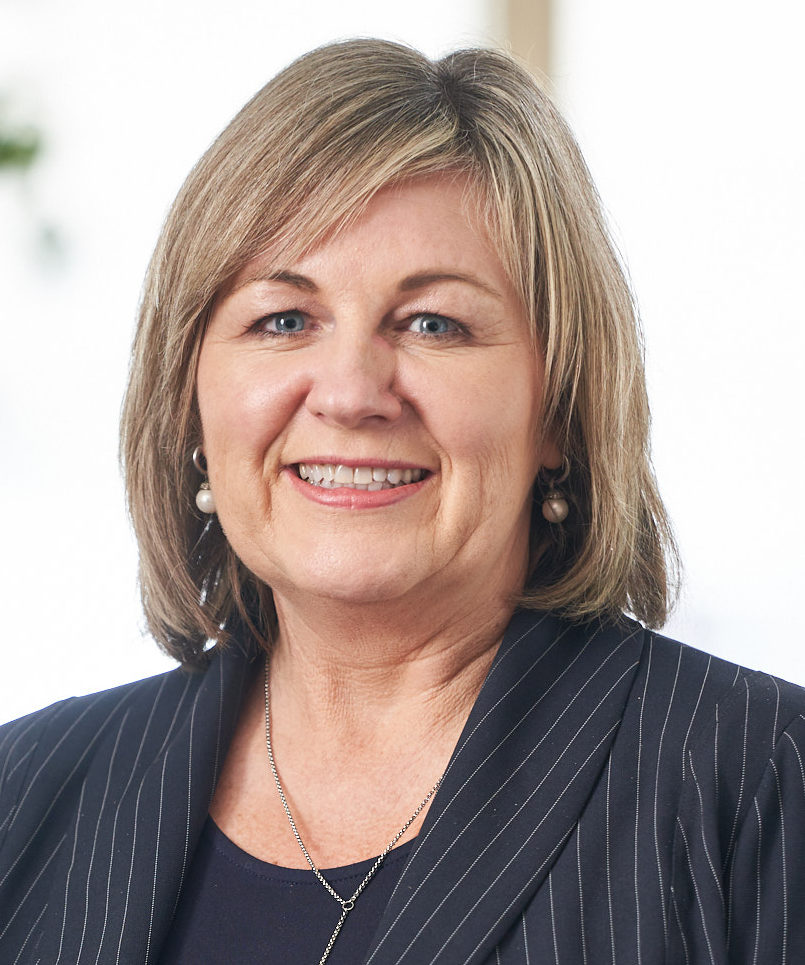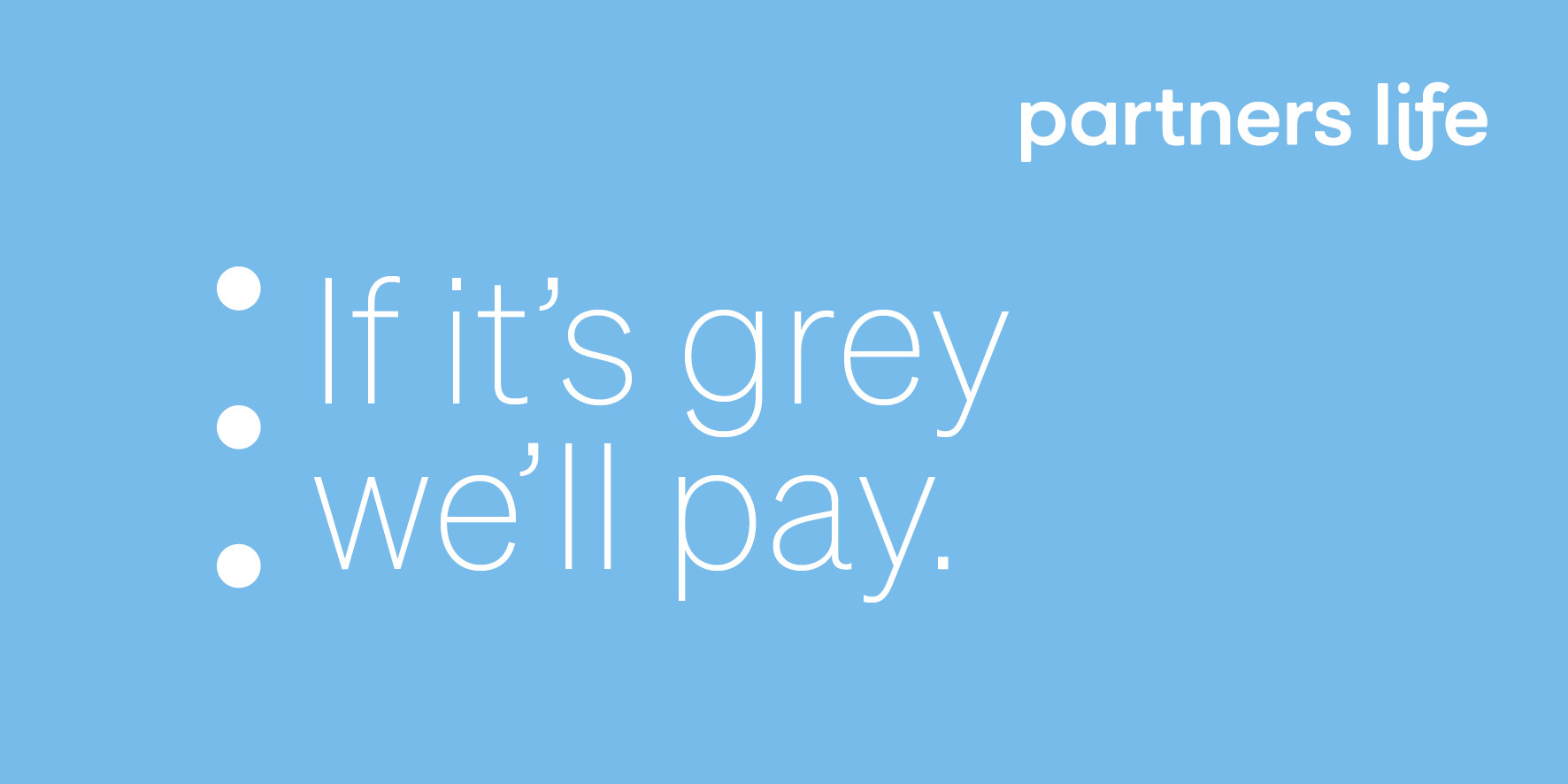Fidelity Life’s Head of Professional Development, Trecia Brown, explains how an effective communications strategy can strengthen relationships with your clients and how to create one…
When building a strong financial advice business, it’s natural to focus on the basics: cashflow, building a customer book, managing operations efficiently and providing great customer outcomes.
But the one thing that often gets taken for granted – or worse, forgotten – is actually one of the most important: communications. An effective communications strategy not only creates stronger relationships with customers, it’s part of your obligations under the new Code of Professional Conduct for Financial Advice Services.
The one thing that often gets taken for granted – or worse, forgotten – is actually one of the most important: communications.
The Code requires you to communicate with your customers in a timely, clear and effective manner. The benefits of this, both to you and your customers, are significant. Good communications help to build your business’s brand and keep it front of mind. If you’re effectively communicating with customers they’ll feel both valued and confident you’ll meet their needs – so they’re more likely to stick with you long term. It also demonstrates your commitment to keeping up with the best current advice. In short, it makes good business sense.
What’s the right amount of communication?
If you’re uncertain whether you’re communicating effectively, consider this: when was the last time your customers heard from you; when is your next communication planned to go out; do you know what to say?
This doesn’t only mean sending news updates. Remember, communication goes both ways. Regular communications are a great reminder to check whether there are any material changes to customers’ circumstances that could affect their insurance protection needs. And how do your communications align with insurance provider communications, for example around renewal time?
The other crucial question to ask is how do you know your customers definitely understand the advice you’re giving? One of the other specifications under the Code is that “A person who gives financial advice must take reasonable steps to ensure the client understands the financial advice”. If your customers don’t understand your advice, it’s hard to argue you’re truly meeting their needs. And the best advice in the world isn’t enough if customers think they’ve purchased something else! When was the last time you asked your customers if they understand what you’re telling them?
Creating a communications strategy
It’s essential to have a good communications strategy in place. This is a planned approach to how and when to communicate with key audiences, which should also involve mapping out who the key audiences are and what information they need (and want). Typically a communications strategy will include:
- Business objectives
Start with your overall business objectives – only two or three bullet points will do. Include a couple of sentences on how the communications strategy will help you reach your business goals. - Audiences
You can have as many or as few key audiences as you like. For example, you may identify just prospects and customers, or you may get more granular, depending on factors like your customers’ age, location and their different needs. - Key messages
It’s important to outline the three or four messages you want each audience to remember about either your business or what you’re promising to your customers. A good message is short (just two or three lines) and uses simple conversational language that easily gets the point across. - Topics and timings
Next, create a list of possible topics. Mapping these out for each month of the year will help keep you honest and stick to deadlines. Each topic should support at least one business objective, whether it’s creating deeper connections with customers by helping them solve a common problem (such as understanding what they’re covered for or how they’d cope financially if they suffered a serious illness or injury), or sharing stories about how you’ve helped other customers achieve good outcomes. No matter what the topic, weave at least one or two of your key messages into each communication to provide a consistent approach and remind your audiences about the most important things you want them to remember.
What does good look like?
The final thing to keep in mind is how to measure the effectiveness of your communications strategy. This could be anything from more renewals, an increase in referrals and enquiries or even fewer requests for basic information (which can take time to respond to).
Encourage feedback where possible by using a call to action, providing contact details, asking if there are questions you can address, offering case studies that reflect a hot discussion topic or just reminding customers to get in touch with you when things have changed in their lives. Establish a check-in calendar to make sure you’re communicating with your customers regularly.
Creating a strong communications strategy ultimately creates a stronger business.
Creating a strong communications strategy ultimately creates a stronger business. By showing customers you’re engaged and care about their needs, you build goodwill and demonstrate good professional conduct. It also helps your customers understand the advice they’re being given, with regular check-ins and feedback.
With clear objectives and a solid communications framework in place, you can greatly increase your customers’ engagement and satisfaction and help build a more successful and sustainable business.
 Trecia Brown is Head of Professional Development at Fidelity Life. She holds the National Certificate in Adult Education & Training (Level 4) and is qualified to design and deliver training and assessment materials to NZQA standards. Trecia and her team provide coaching and resources to help financial advisers operate successful and sustainable businesses under the incoming financial advice regime.
Trecia Brown is Head of Professional Development at Fidelity Life. She holds the National Certificate in Adult Education & Training (Level 4) and is qualified to design and deliver training and assessment materials to NZQA standards. Trecia and her team provide coaching and resources to help financial advisers operate successful and sustainable businesses under the incoming financial advice regime.







